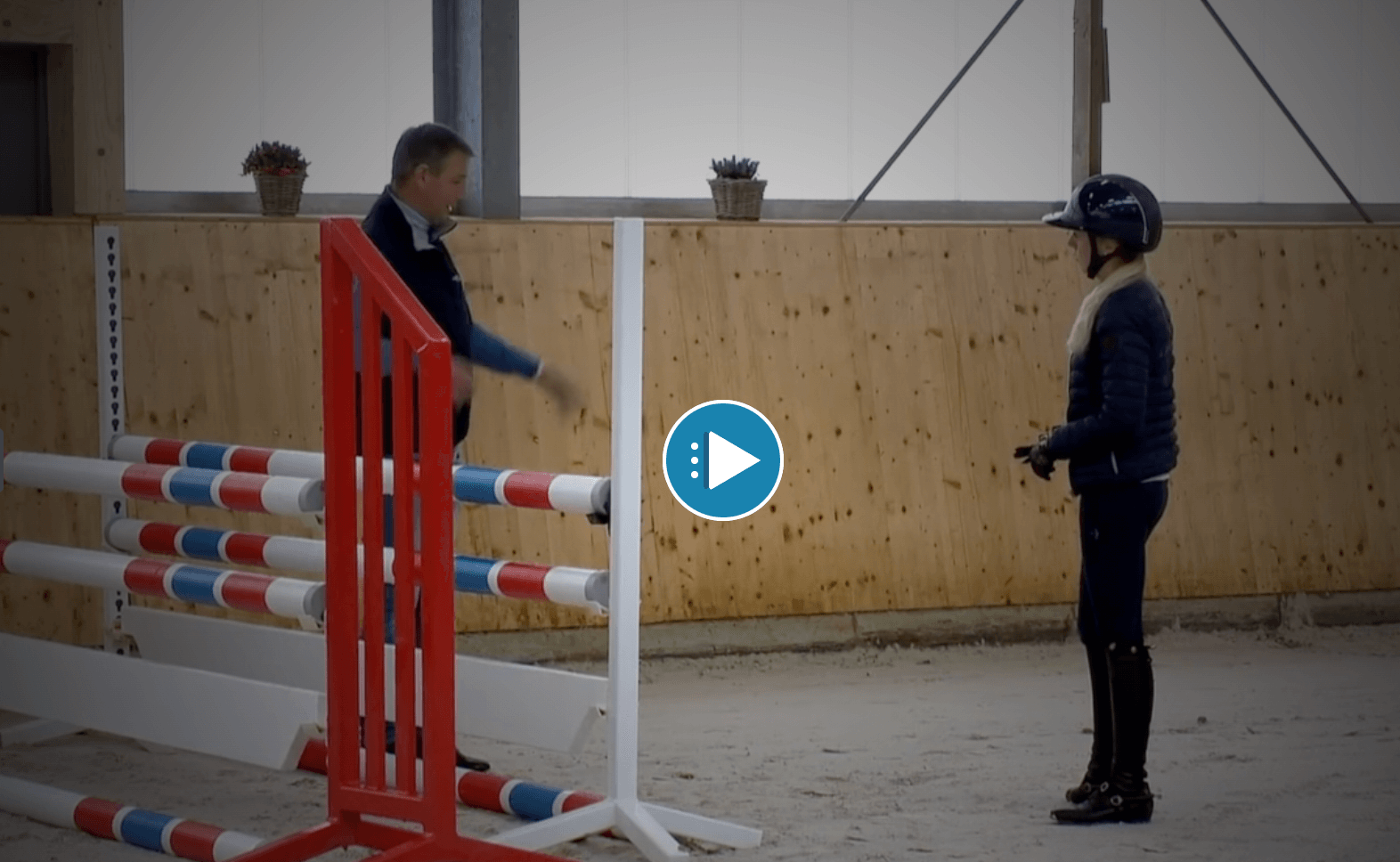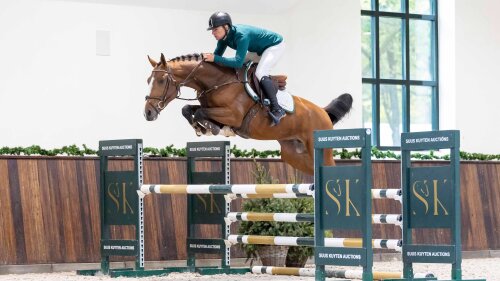For our horses to be athletic, we do loads of exercises making them stronger, more supple, more balanced, and more athletic. We also expect them to have very precise control over their feet and bodies as the fences get bigger! Fair enough, they are athletes after all. But what about the rider. Top rider & trainer, Franke Sloothaak shares his excercises to work on body control as a rider.
How does body control affect your horse’s jump?
You’ve all seen somebody get left way behind the movement when they take off for a jump or jump ahead of their horse on a short distance. When this happens, the horse often (although not always) knocks a pole or has a really bad rhythm to the next fence and knocks that instead.
Similarly, correct equitation in the air can be the difference between keeping a fence up and having four faults. Being able to keep your leg underneath you and your body in good balance without leaning on the horse’s neck or pulling on your reins makes it far easier for your horse to get off the ground and do their job.
The same concept applies when you land. There are two common flaws you see when people land after a jump. Either they stay leaning forward for far too long, or they sit up way too early. Both can cause problems. If you’re collapsing and not able to sit up quickly enough, your horse will have extra weight on his forehand. This makes it very difficult for them to jump cleanly out of combinations, and also means you will struggle to make tight and well-collected turns upon landing or to sit up and adjust the canter if you need to.
If you’re on the other end of the spectrum and start unfolding when your horse is barely in the air, you may find that they often take fences down with their back legs because you’re making it harder for them to get their back feet out of the way. Plus, you’ll often find that you either catch the horse in the mouth or have to slip your reins and then gather them back up. Often this happens in riders who ride defensively – for example if your horse is known to buck after a jump or if you get left behind the motion because you’re anticipating a stop or run out.
Imagine you were giving a child a piggyback – and while you ran around they were clinging to your shoulders, tipping forward onto your neck, or leaning too far backwards for you to balance yourself. Not to mention throwing themselves from left to right! It would be very hard for you to stay straight and balanced and run or hurdle at your best.
So basically, you need to effectively control your body throughout the entire phase of the jump if you’re to have the best chance of letting your horse jump to its full potential. The moral of the story? The smoother you are, the smoother your horse is.
Bounces!
You knew bounces would make an appearance. Not only are they excellent at making a horse more aware of his body and helping him to develop balance, they’re also fantastic for riders.
A useful exercise is to canter through bounces with the addition of a neckstrap, which can help you gain the feeling of the elbow opening and closing (as well as the horse rising up towards your body) in rhythm with the jump.
Trotting Poles into a Single Vertical
Another way to focus on your position without having to jump enormous is to set up a few trotting poles into one vertical. This encourages the horse to push off the ground and really jump (as they don’t have the momentum of the canter to help) and can give you the feeling of jumping bigger without needing to worry about distance or height.
Because the approach is slower than in canter, you also have more time to focus on your body alignment, shoulder and hand position, and straightness. Read more great tips in our Teach Me section...



